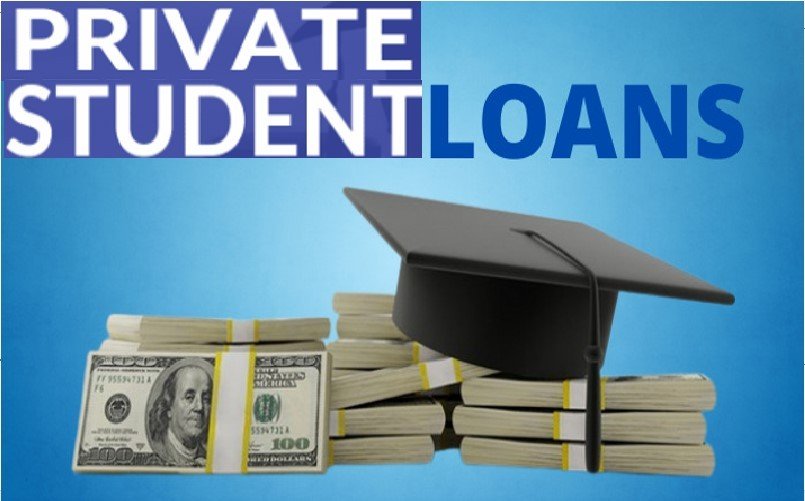Numerous lenders offer private student loans—banks, credit unions, and other lenders among them. But with so many choices, how do you choose? For most borrowers, the determining factors boil down to cost and repayment flexibility.
Students must always consider federal loans first because they’re less expensive, more available, and offer more favorable repayment terms than private loans. Federal Parent PLUS loans and private student loans are utilized primarily as additional financing for students who attend more-expensive schools.
All that being said, reaching the Federal Stafford loan caps could mean that you’re taking on too much. If your overall debt at graduation is more than your income, you’ll struggle to pay back your loans, and you may need you to have backup plans such as extended or income-driven repayment.

Determining the Price of a Private Student Loan
The fee is based on the interest rate, fees, loan discount, and term length of the repayment. A 1% increase in the interest rate increases your monthly payment by roughly 2.5% on a 5-year term, about 5% on a 10-year term, and 8-10% on a 20-year term. In the long run, this contributes hundreds or even thousands to the overall price for each $10,000 borrowed.
Fees on loans
operate like advance interest. Most private student loans, unlike federal loans, don’t come with fees. However, if they do, a 4% fee is approximately equal to paying an extra 1% of interest over 10 years.
Discounts on loans can save money if they lower the interest rate or the amount borrowed. Most discounts, however, have little effect, particularly if they don’t begin until later or if it takes repeated on-time payments
Why Using a Cosigner Assists
The majority of private student loan customers require a creditworthy cosigner—more than 90% of undergraduate loans and 75% of graduate loans do. Basically, the credit decision is more reliant on the cosigner’s credit than on the student’s.
Even if you qualify on your own, applying with a cosigner can still be beneficial because the interest rate depends on whoever has the higher credit score.
But be careful—a cosigner is equally responsible for repayment. Late payments hurt both credit scores, and a cosigned loan can limit the cosigner’s ability to secure new credit, like a mortgage refinance.
Some lenders offer cosigner release, but very few borrowers qualify. Even with a short release period, you’d still need to meet credit requirements on your own.
Comparing Private Student Loan Costs

When comparing loans, look at both the monthly payment and the total repayment amount. A longer term means lower monthly payments but higher overall costs.
Don’t just rely on the APR (annual percentage rate) either. While APR accounts for interest and fees, longer-term loans have lower APRs—even though you’ll pay more in interest over time.
Also, don’t confuse fixed and variable rates. Borrowers tend to think the variable rate will remain low, but the rate might increase later on. Variable rates can begin lower than fixed rates but won’t remain that way indefinitely.
Variable-rate loan may save you money if you choose a short period or pay it off when rates increase too high. Lenders are also freer to roll over payments on variable-rate loans than on fixed-rate loans.
If you’re going to pay off your loan ahead of schedule, stay away from fixed-rate loans with charges. Fixed rates are designed to spread lender returns over the entire duration, so during a rising-rate environment, you’ll pay a premium initially. Paying off early means you’ll be paying more than you would for a variable-rate or fee-less loan.
Other Things to Consider
Other lenders provide shorter periods (such as 5, 7, or 10 years), which can be cost-effective but reduce flexibility. Shorter durations usually have lower fixed rates as there is less risk of lender expenses going up with time.

